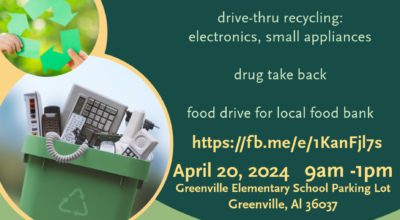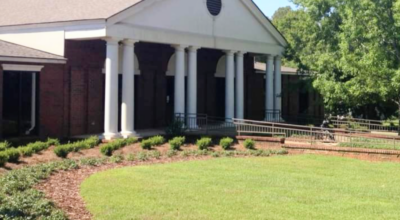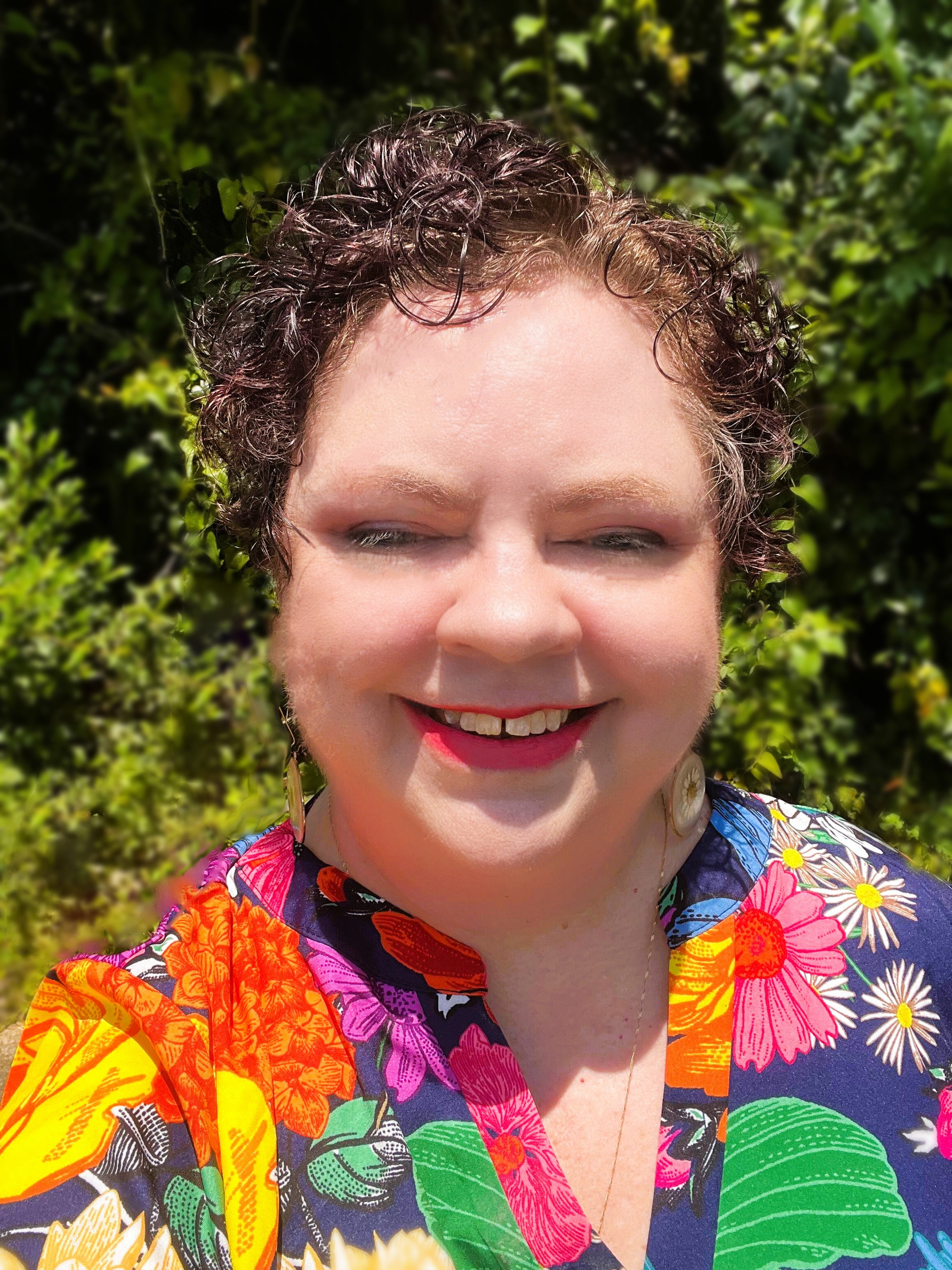Narcotics officer talks drugs at Kiwanis Club
Published 8:01 pm Tuesday, October 14, 2008
Is there a drug problem in the city of Greenville?
According to Byron Russell, narcotics investigator for the Greenville PD, the answer is “yes.”
“We do have a drug problem, but it’s not any worse or better than most any place else,” Russell told members and guests of the Greenville Kiwanis Club on Tuesday.
Russell, an 11-year veteran of the GPD with six years’ experience in narcotics, compared the local war on drugs to a certain plant that has become the bane of the southern landscape.
“(Drugs) are a lot like kudzu. If you don’t keep beating it back, it’s just going to keep on growing and overtaking things,” Russell said.
He added, “The prison system in Alabama is part of the problem. The State of Alabama won’t spend enough to keep prisoners inside.”
Additionally, the money made selling drugs can be a big temptation to many people, Russell said.
“These people can turn $1,000 into $5,000 in a couple of days – how many of you can say the same thing?” the narcotics investigator said.
According to Russell, 96 drug arrests by the GPD have taken place in the first six months of 2008, including 20 charges of distribution, with 149 arrests in 2007, including 61 charges of distribution.
The narcotics officer said it was a continual cat-and-mouse game between drug sellers and the police.
“Every time you arrest someone, you are educating them on a new way to not get caught next time. We have to keep coming up with new ways to catch them,” Russell said.
Attendees had a chance to view up close some of the drugs seized by the GPD, including marijuana, cocaine, crack and methamphetamine, as well as examine some of the paraphernalia commonly used to ingest the drugs.
“They are not illegal until someone actually smokes an illegal drug in them . . . they will also make use of all kinds of things to try and fool us,” Russell explained.
And what happens to the devices and drugs after the police have confiscated them?
“Once the case is finished, the drugs and paraphernalia are taken to an incinerator and destroyed. We do keep some of the hardware to use in drug education,” Russell said.
The most common drugs found on the streets of Greenville, Russell said, are marijuana and crack cocaine.
“We hear there are supposed to be some meth problems in the south part of the county, but we don’t see a lot of it here in Greenville,” Russell said (most of the meth confiscated here is taken from travelers through the area).
Russell shared graphic examples of the effects of meth, from photos of a rotten set of teeth (“meth mouth”) to one of a child suffering from burns due to exposure to meth lab fumes.
“Meth does actually permanently affect people’s brain chemistry. It is worse than anything else we’ve seen,” Russell said.
Drug abuse, no matter what the drug of choice, leads to a lot of the crime seen in the area, he said.
“You use up that sixty dollars’ worth in an hour, and you want more. You don’t have a job, you’ve got to get the money somewhere . . . so you break into a car,” Russell said.
When asked how a person with a drug problem can be helped before ending up in jail, Russell responded, “A lot of times people won’t take help until they do get arrested. We can and do try to get people into rehab.”
In order to avoid an 18-month stretch in the penitentiary, some individuals opt for Drug Court, one year of intensive in and out-patient rehab with frequent drug testing, educational requirements and Personal Development Days.
“Drub Court is a very, very tough year, but we have seen people go through it successfully,” commented circuit clerk Allen Stephenson.
“I remember one man saying, ‘Thank you for giving me my wife back,’” Stephenson said,





